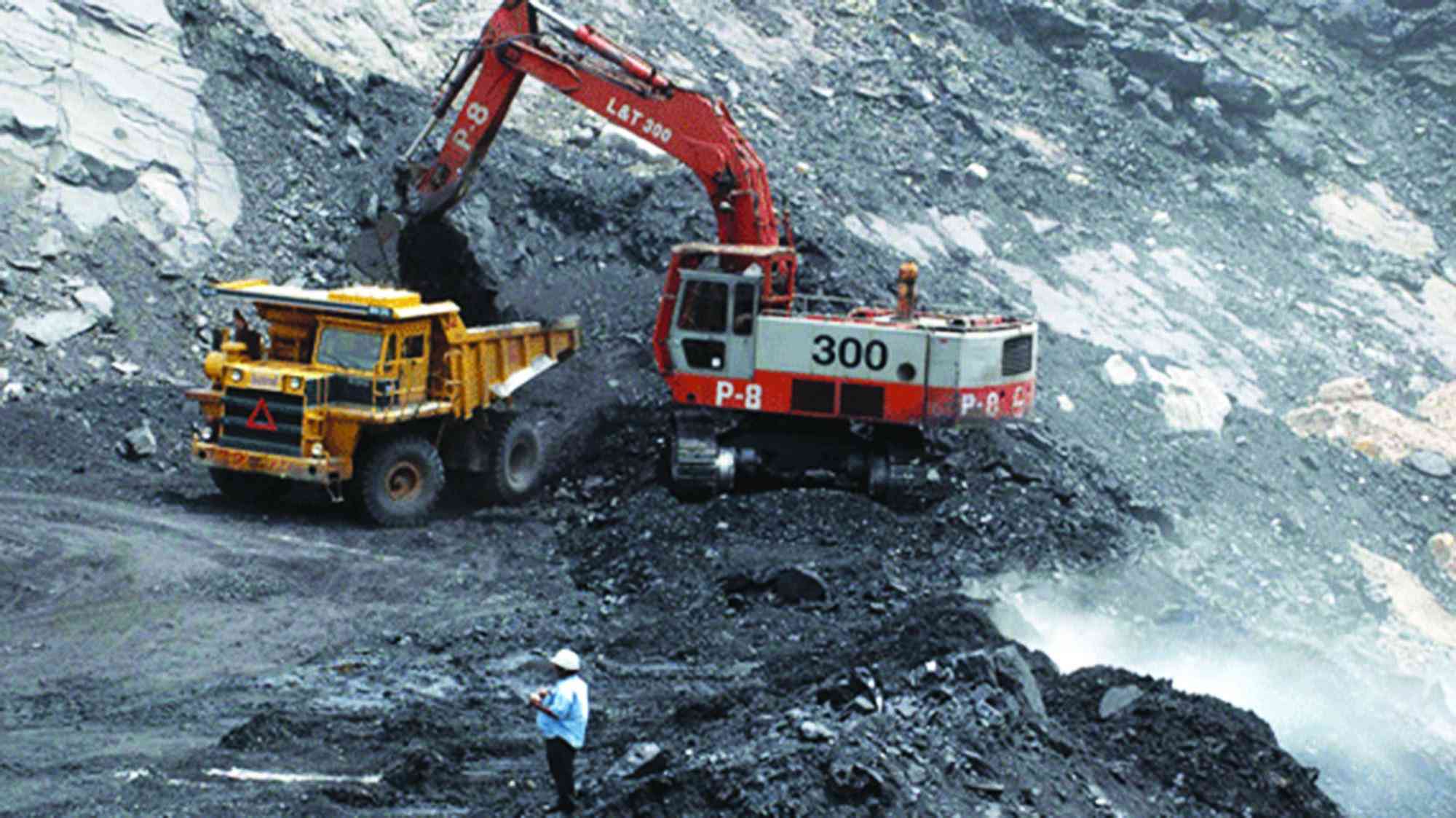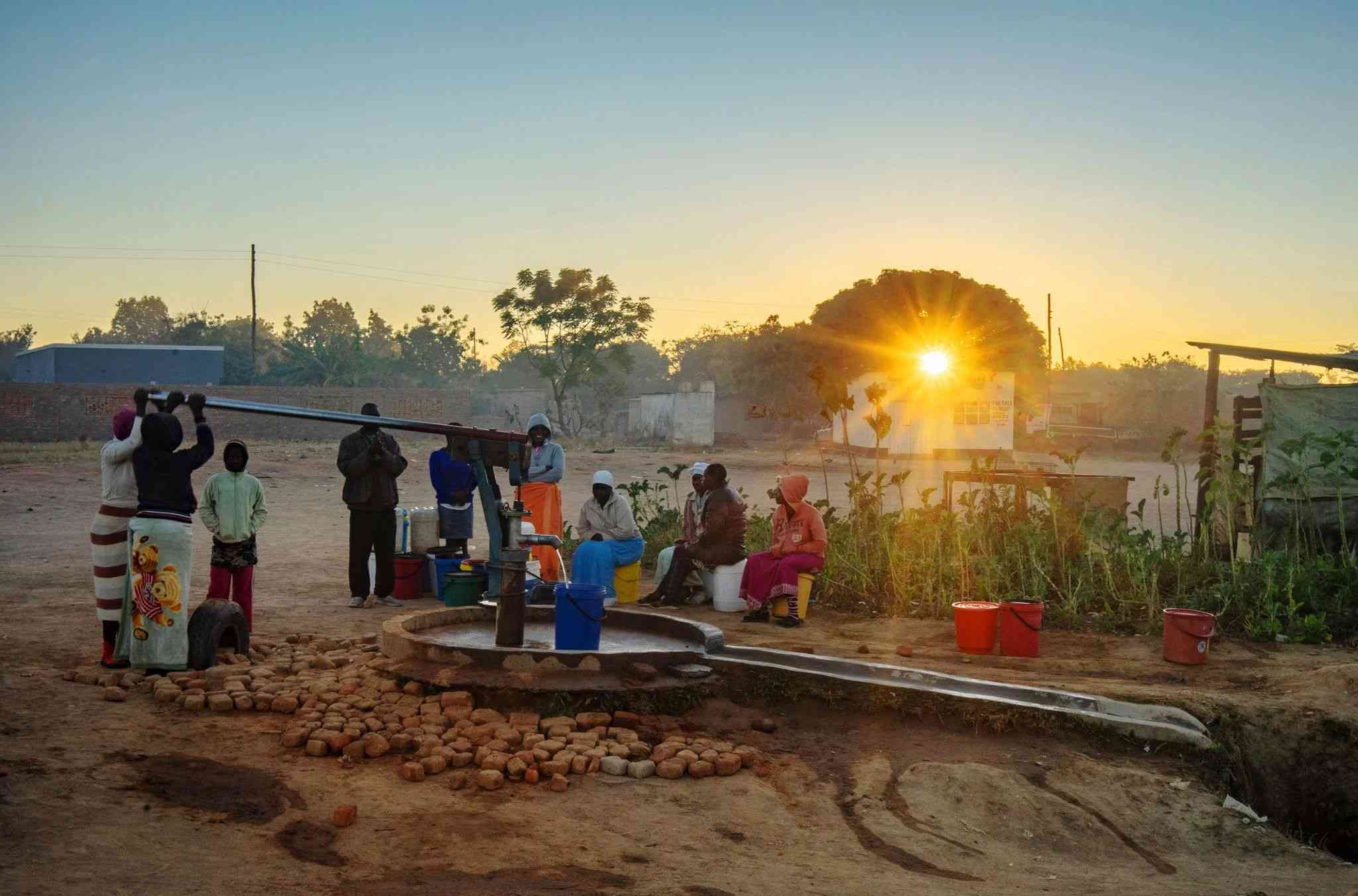
ZIMBABWE’S biggest coal miner Hwange Colliery Company Limited (HCCL) has inked a US$50 million joint venture (JV) deal with Chinese investors to develop a 1,2 million tonne per year underground mine, bolstering recovery efforts being spearheaded by a team of corporate rescue practitioners.
The 122-year-old HCCL slipped into administration six years ago after hitting crisis point, as creditors mounted attempts to recover debts.
The transaction, under wraps until this weekend, will see HCCL and China-domiciled Zhong Jiani Investments (ZJI) exploiting swathes of untapped concessions in Zimbabwe’s north western coal hotspots, officials disclosed during a tour of the project on Saturday.
ZJI controls 77% shareholding in the JV, which will superintendent over 3 Main North mine, an asset expected to begin production during the fourth quarter, according to Akim Mutiti, project technical consultant at ZJI.
HCCL holds the remaining 23%.
By Saturday, engineers had drilled about 460 metres underground to develop an operation that investors project will run for 25 years.
“The actual mining will start at the end of November into December this year,”Mutiti told reporters.
“The overall investment for mining and the coking coal processing plant will be around US$50 million. The bulk of the coal will be converted into coke,” Mutiti said.
- Hwange plans massive capex after ZW$4 bn loss
- Endemic govt corruption at Hwange Colliery Company ...Van Hoog comes out guns blazing
- Coal reserves sold for a song: Report
- Wild animals wreak havoc
Keep Reading
“As we deplete the resource, we will be looking for more coal. We will extend the mine’s [lifespan],” he said.
“The project feeds into government’s vision to develop a US$12 billion mining industry. The US$50 million I am talking about is a drop in the ocean of US$12 billion but it is part of the US$12 billion,” he said.
Development of 3 Main North marks a major turning point in HCCL’s journey to full scale operations.
The giant miner slipped into its first phase of receivership in 2018, as the balance sheet unravelled under pressure from a sea of headwinds, which precipitated prolonged write-downs.
Bold moves by major shareholder, the government of Zimbabwe to extend administration in 2022 saved HCCL, then teetering on the brink from bankruptcy, management and workers told NewsDay Business.
It was a terrifying experience, with spouses of its 3 000 workers staging demos to force management to honour salary arrears.
Government knew sending the 3 000-strong workforce home would destabilise an entire mining town and push national jobless numbers high.
This, in a market already unsettled de-industrialisation.
An HCCL collapse would also bleed the nearby 920 megawatt Hwange thermal power station, which derives about 30% of its coal from its open pits.
Mining executive Munashe Shava was appointed to spearhead the reconstruction, which kicked off in 2022, working with acting managing director, William Gambiza.
3 Main North is the flagship of mega projects lined up to power the reconstruction scheme.
A US$8,5 million coke oven battery relaunch project is underway, alongside, investments into a 360 000 tonne a year industrial coal processing facility.
Gambiza told reporters HCCL had injected US$3,2 million into a 720 000 tonne per annum coking coal wash plant, with millions earmarked to rebuild the mothballed 3 Main Mine, which delivered its first coal in 2005, before turning into a deadly cash guzzling machine.
The reconstruction scheme reconfigured HCCL into a diversified company with a footprint in a bouquet of units including Hwange Mining and Processing Company, Hwange Zambezi Agriculture, Hwange Lubimbi Energy, Hwange Properties Company, along with interest in micro finance and health.
Officials said HCCL had turned the corner, averaging three million tonnes of coal per year, from much less before administration.
“Under reconstruction we have seen our production going up by 47%,” an executive told reporters.
“We have opened new mines and new companies as a holding company. After being placed under reconstruction we started to shape up, and in 2022 we started reporting profits,” the executive said.







